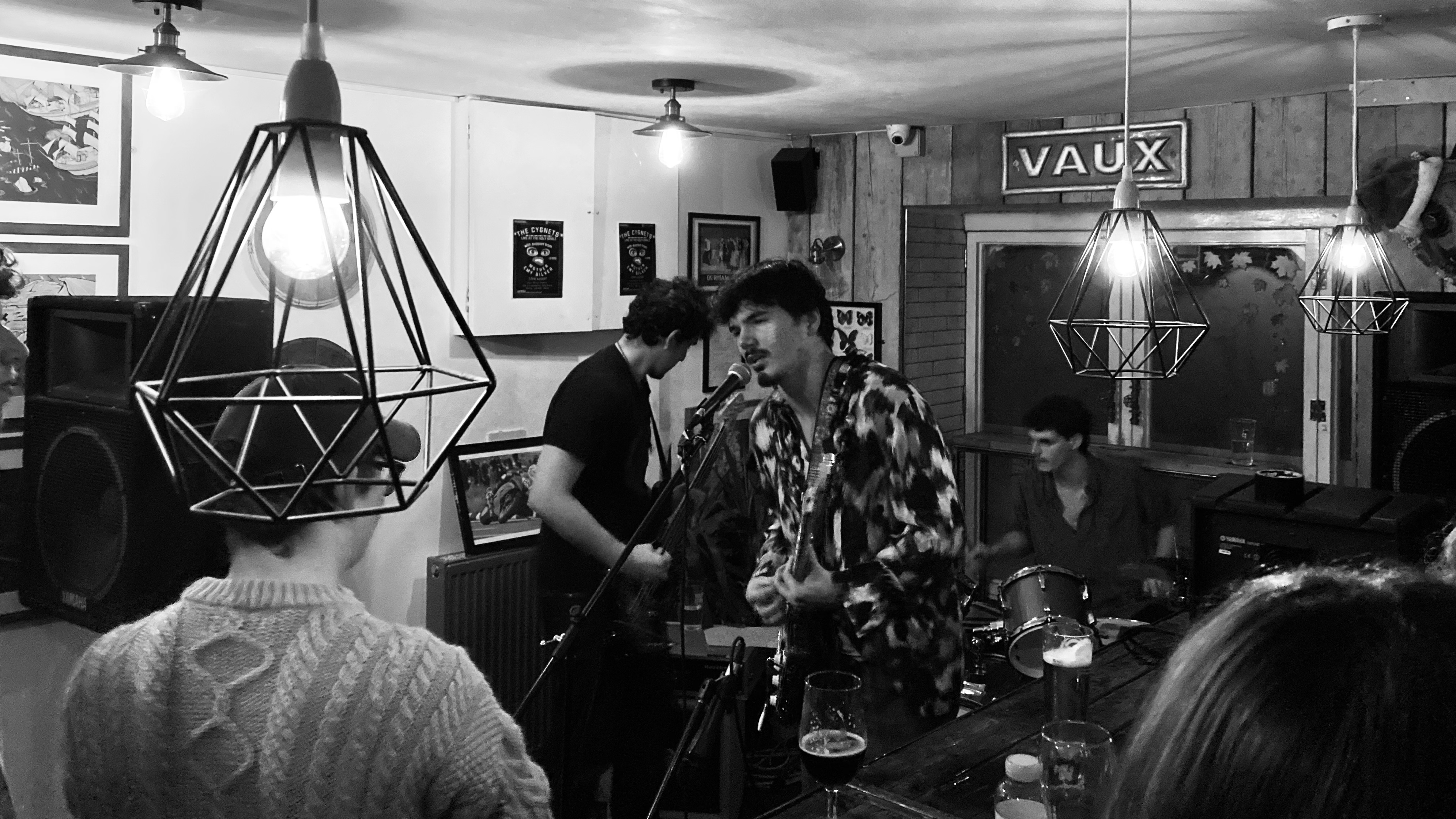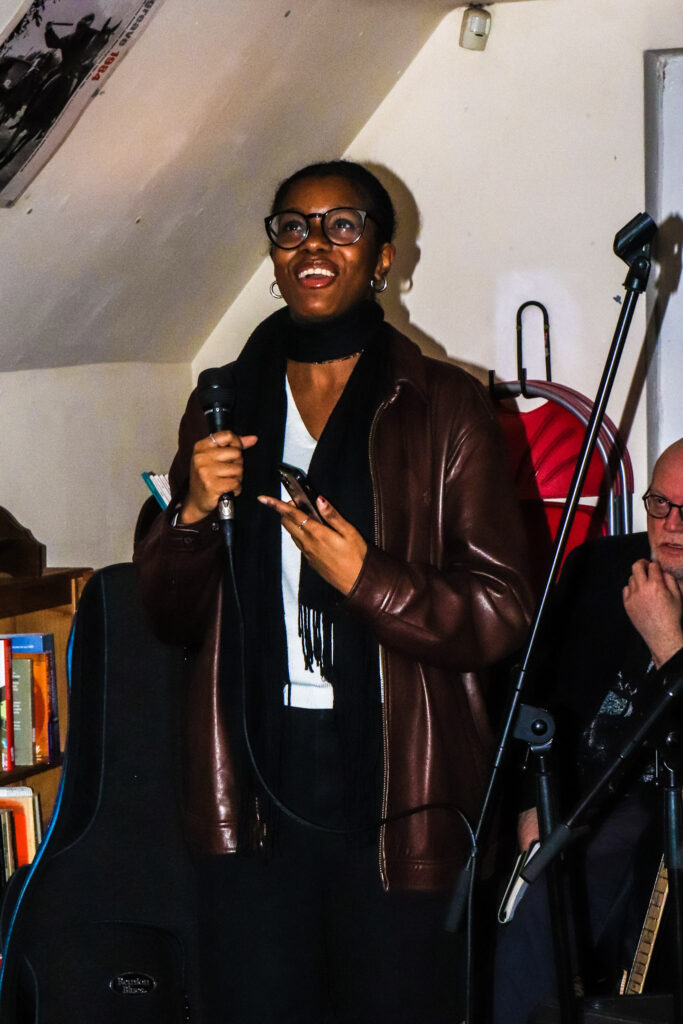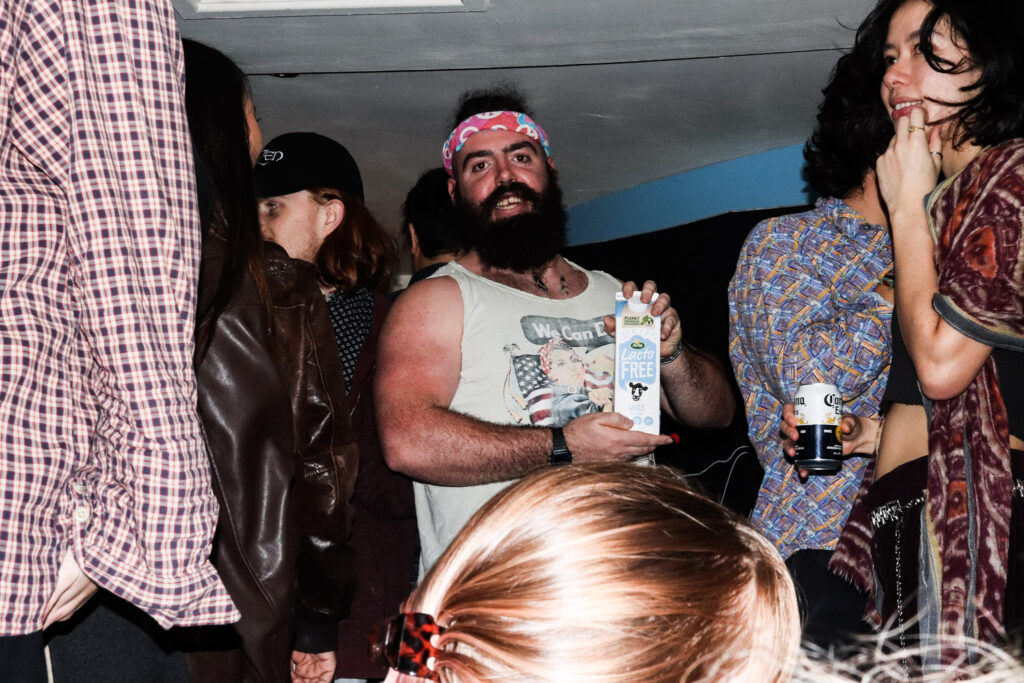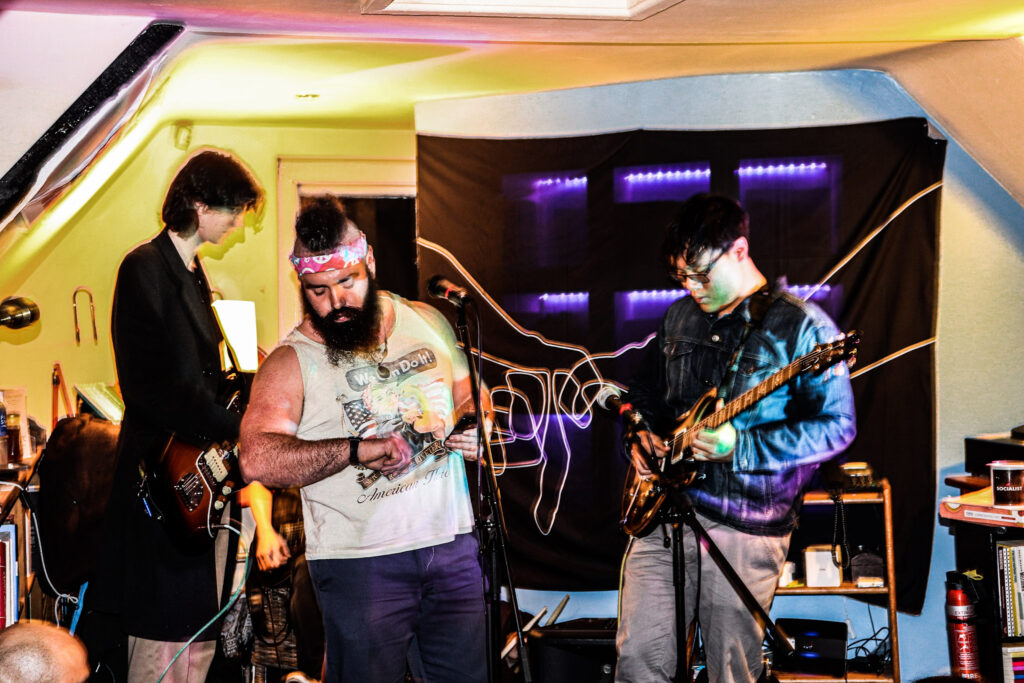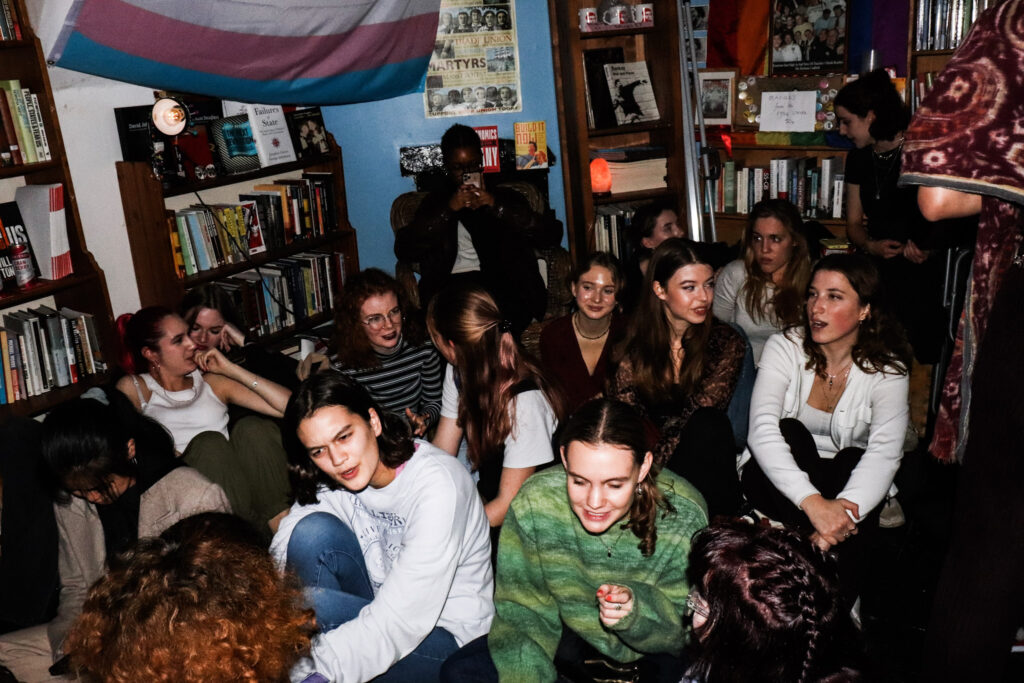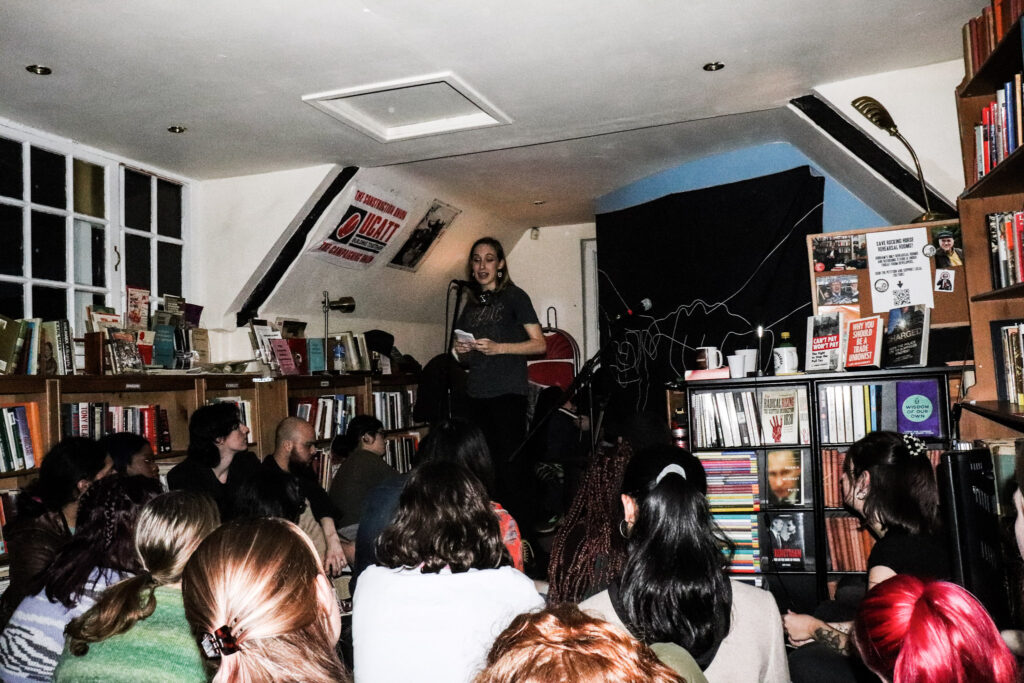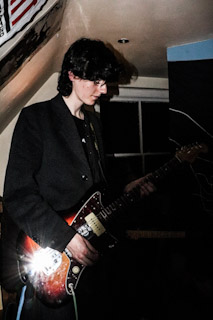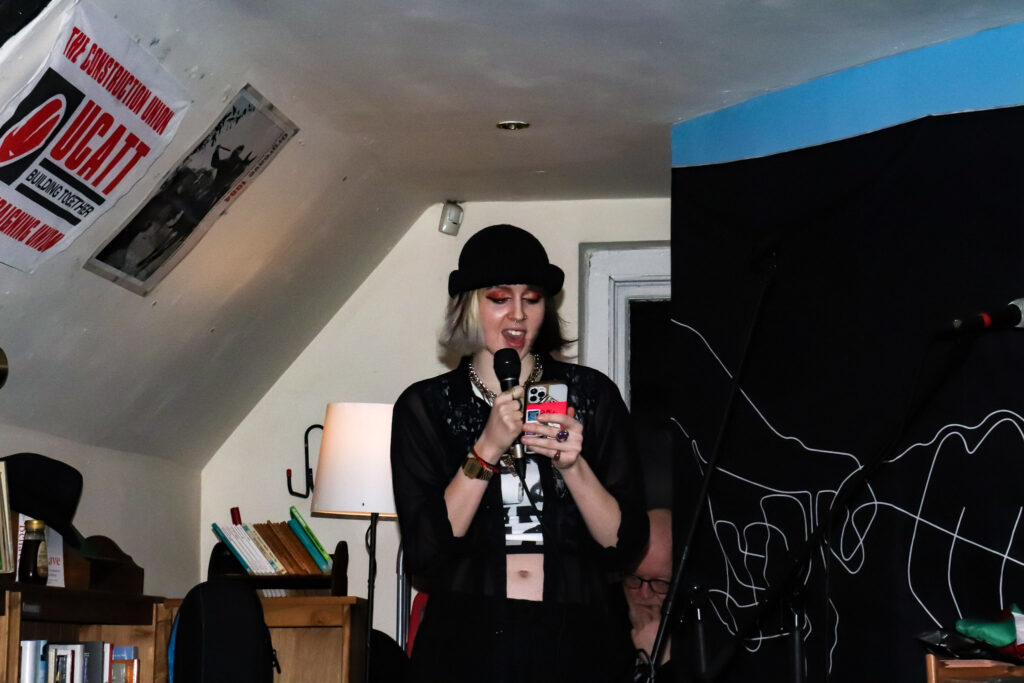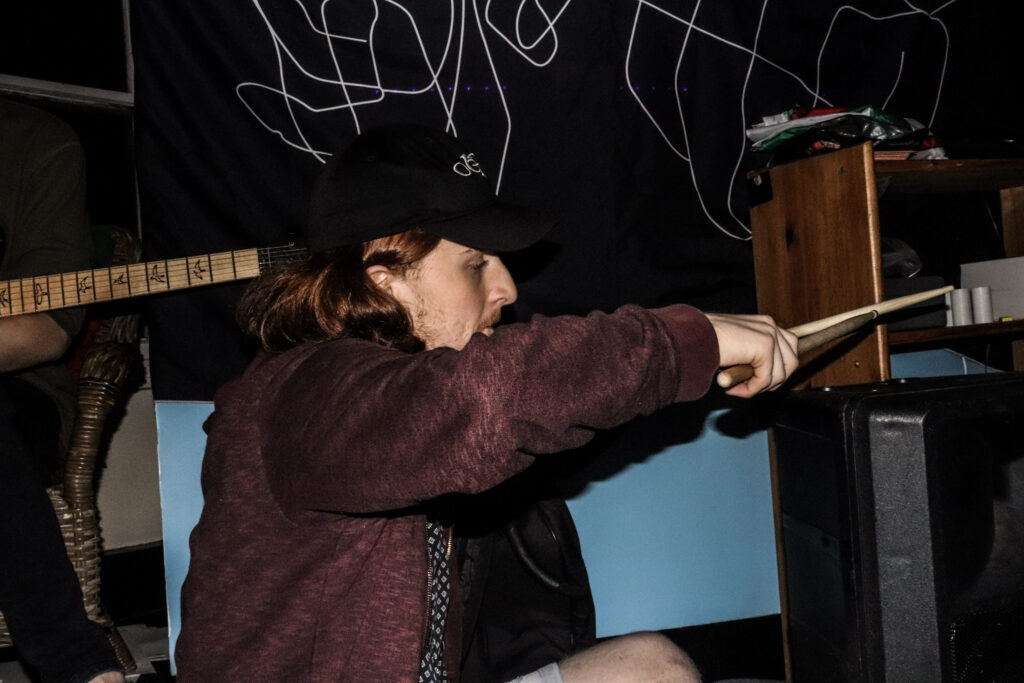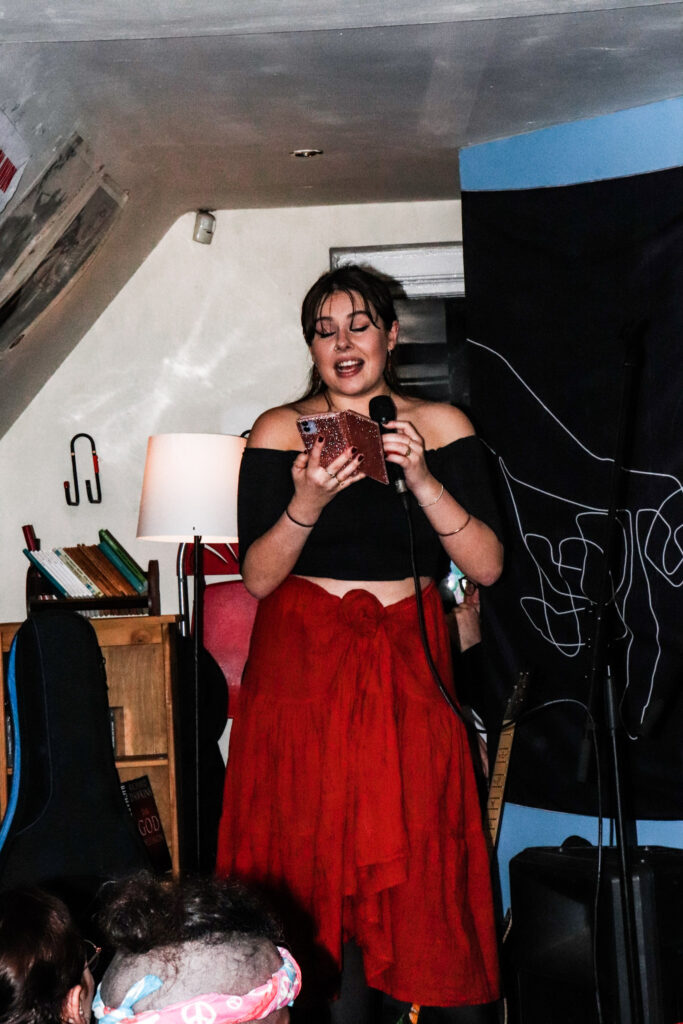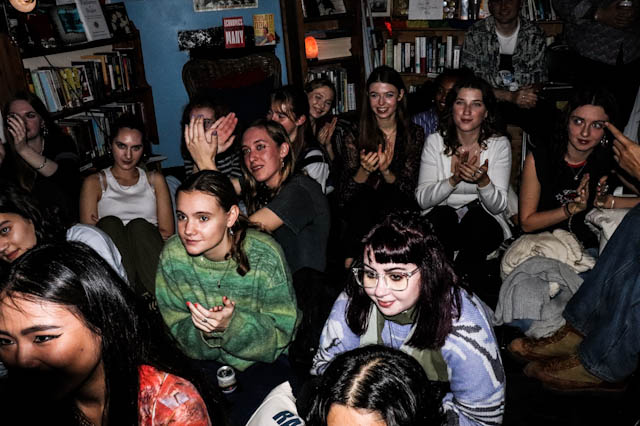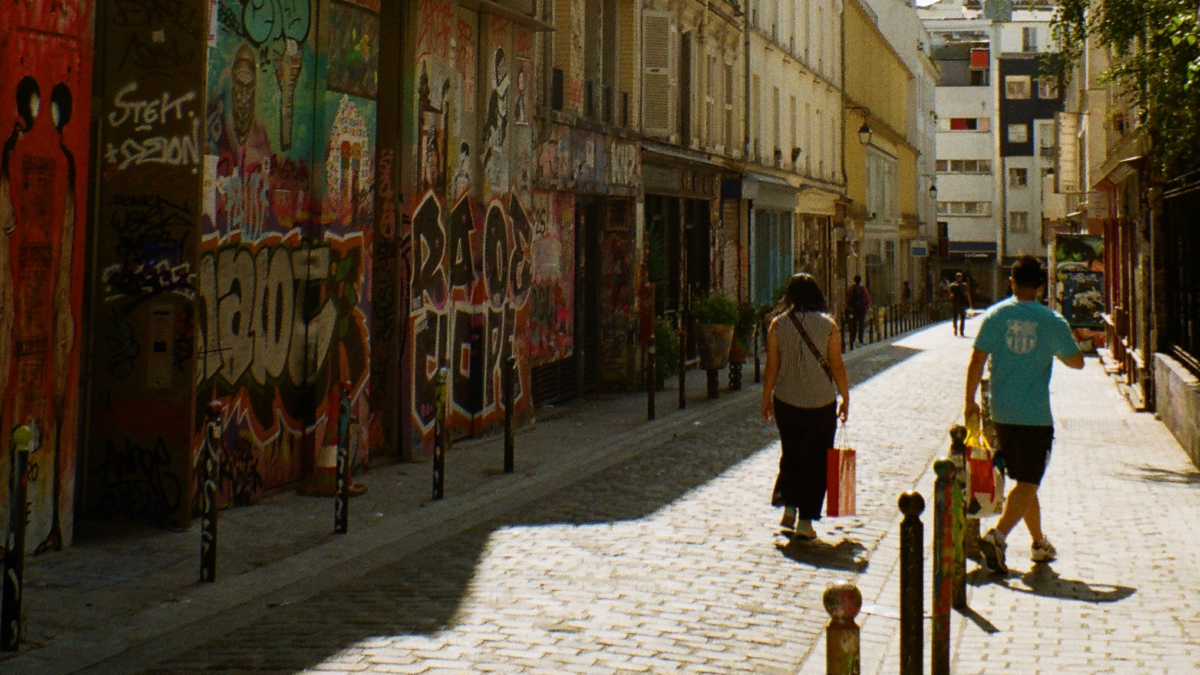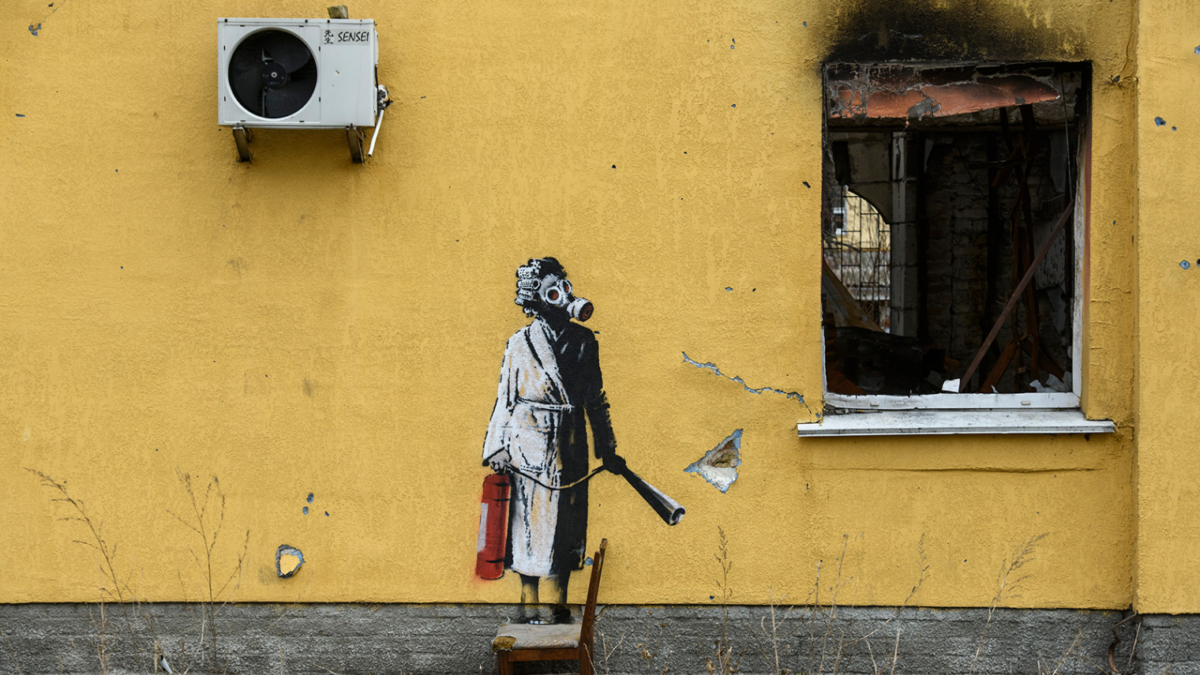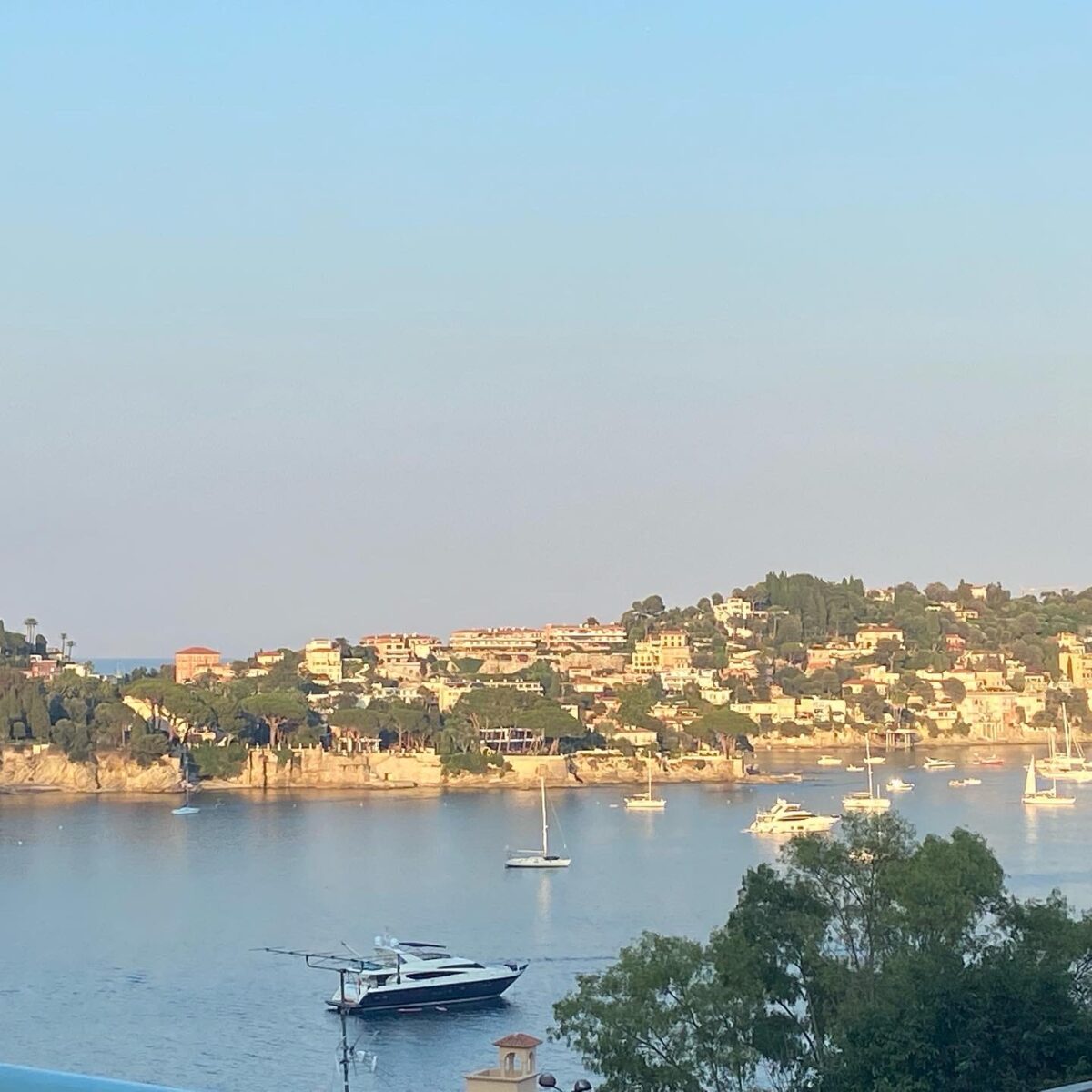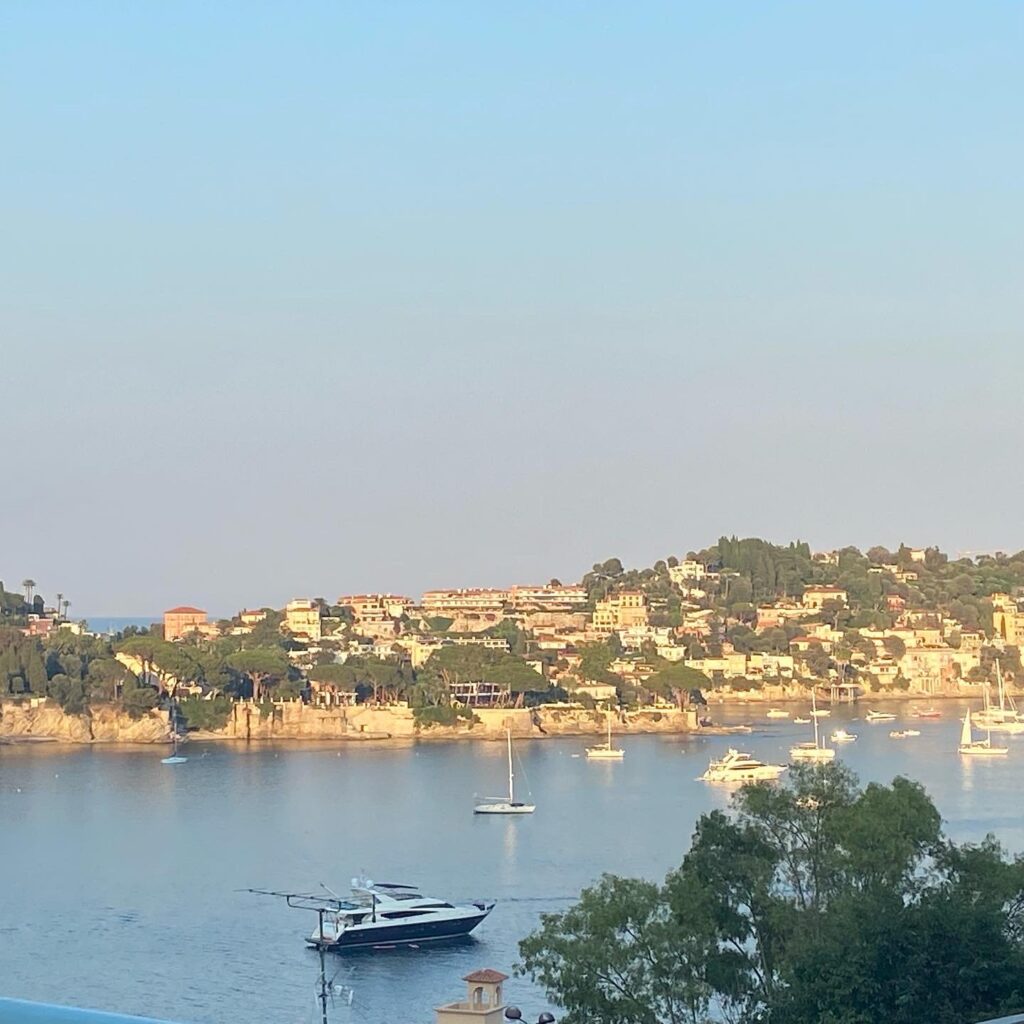By Lawrence Gartshore.
My mother doesn’t believe in depression. Don’t get me wrong, she isn’t some callous, emotionally distant parental figure. Far from it. As a single mother, she has had to fulfil the job of two parents for much of my childhood, working all hours that God sends and still finding time to spend with me. However, like so many from her generation, she doesn’t believe in depression.
To tell the truth, for much of my life I harboured some scepticism too; a product of this ‘traditional’ upbringing. Like her, I was a fan of the quintessentially British ‘stiff upper lip’ mentality. If you ever feel down, you should bottle it up and busy yourself with more cheerful things. Labelling depression as a condition only gives it credence in your mind – feeling down is a sign of weakness, and one simply has to snap out of it.
Then, the black dog struck me. In a way that felt rather selfish, that was the first time I understood what depression really was. It wasn’t the fleeting sadness, the down day, that had been instilled in me as a young boy. It was a war, fought against the most difficult opponent of all – one’s own mind.
That is, truly, the best analogy I can give to anyone who has had the fortune to avoid the condition themselves. War. The most destructive war. A war from the moment one wakes up in the morning to the moment one closes one’s eyes at night. A war so destructive, it saps the very energy from you that is needed to fight it. A war that clouds every decision one makes.
I am conscious that this shouldn’t turn into some pitiful anecdote, an alcoholics anonymous-esque confession, so might I rapidly come to my point.
Movember. One cannot escape the sea of dodgy growth and half-baked fluff that adorns the top lip of countless men across the nation at the moment. For many, Movember is little more than an opportunity to finally pursue the very masculine dream of wanting a moustache, whilst trying not to offend one’s better half – I have found, from personal experience, that women are generally less than keen on the sliver of facial hair that I am able to grow.
More than all of that, however, Movember is a chance to talk. As cliché as the old trope is, there is a profound truth in the saying ‘a problem shared is a problem halved’.
In the UK today, ¾ of all suicides are male. The biggest killer of men under the age of 45 in this country is suicide. It is not violent crime, nor accidents, nor disease that puts a man most at risk of death, but rather his own mind.
So, I urge all of you who have continued reading this far, please check in with your friends. Indeed, Movember places an emphasis on men’s mental wellbeing, but depression is pervasive and does not discriminate on who it affects. If your friends seem off, or abrasive, or irritable, do not ignore the signs. Ask them out for a pint, go for a walk with them, share your problems together. Begin to fight back against a condition that cripples so many.
My mother’s generation may struggle to understand depression, but it just takes one to break the cycle.


